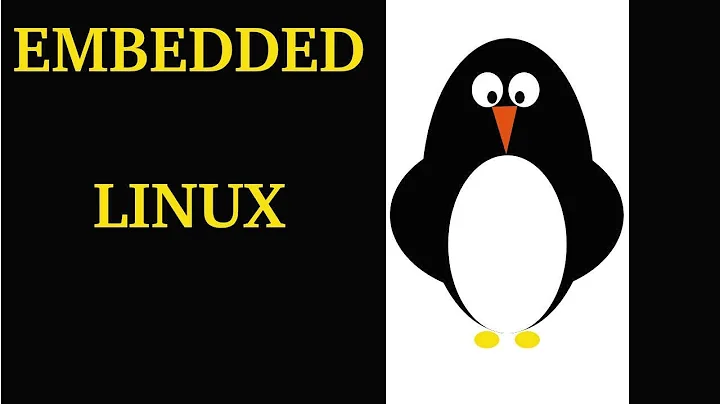Can vmlinux be used instead of uImage?
Solution 1
As far as I know, U-Boot cannot directly boot a “raw” ELF image (vmlinux). You need to turn it into the uImage format, which contains the compressed vmlinux plus a few extra bytes of metadata that describe the kernel load address. U-Boot FAQ 2.19 explains how to generate uImage; it's fairly straightforward, using the mkimage utility in the U-Boot source tree:
mkimage -A arm -O linux -T kernel -C gzip … -d vmlinux uImage
(You may need extra parameters indicating the load address.)
Solution 2
mkimage -A arm -O linux -T kernel -C gzip … -d vmlinux uImage
Change gzip in the above example to none, and you'll create a u-Boot compatible uncompressed image.
Solution 3
If you are using Buildroot, select a uImage kernel output file (BR2_LINUX_KERNEL_UIMAGE=y). Compile normally and Buildroot will also create a vmlinux file in an intermediate step. While the vmlinux file is not copied to the /output/images directory it can be found in ./output/build/linux-custom/(or by running find . -name "vmlinux").
Related videos on Youtube
Sharanya
Updated on September 18, 2022Comments
-
Sharanya over 1 year
I want to use an uncompressed kernel image and boot the BeagleBoard. Generally I use uImage to boot the kernel which is in compressed format. How do I use an uncompressed kernel image?
-
Sharanya over 12 yearsyes! Is it possible using uboot?
-
-
Sharanya over 12 yearsUncompressing the uImage while booting takes some time. I need to minimize that. So i thought why dont i try with the uncompressed raw file vmlinux.
-
 Matt Kucia over 10 yearsThe effect you want to achieve might be opposite to intended. Decompression time is usually smaller than time of copying data from flash.
Matt Kucia over 10 yearsThe effect you want to achieve might be opposite to intended. Decompression time is usually smaller than time of copying data from flash. -
John Klug almost 3 yearsIf you are using ubifs for the root image, it is already compressed somewhat.




